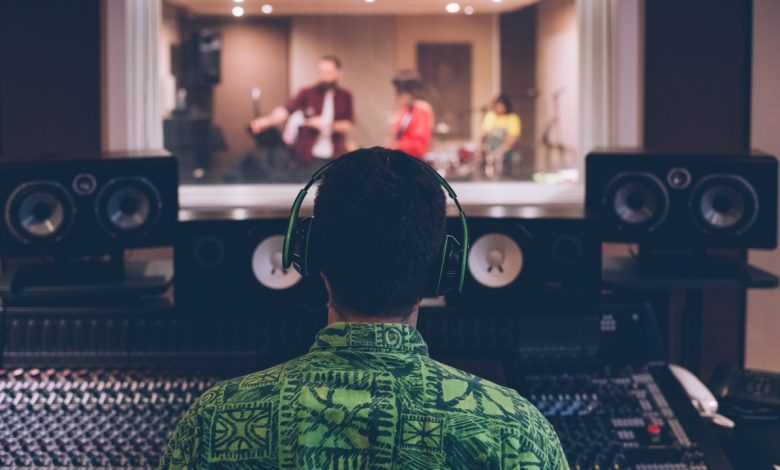The Sound of Play: How Music and Audio Shape the Gaming Experience

When we think about what makes a video game memorable, we often picture jaw-dropping graphics, epic storylines, or tight gameplay mechanics. But there’s another, often overlooked element that’s just as powerful — sound.
From eerie footsteps in a horror game to the swelling orchestral score of a final boss fight, music and audio design play a critical role in how we feel, react, and remember our favorite gaming moments.
Building Atmosphere and Emotion
Sound is one of the most effective tools for creating atmosphere. In The Last of Us, silence is just as impactful as music — the absence of sound amplifies tension, while a soft guitar cue can bring players to tears.
In horror games like Resident Evil or Dead Space, carefully timed creaks, whispers, and ambient noise manipulate your fear and anticipation. The result? A fully immersive world where you’re not just seeing the story — you’re feeling it through sound.
Music That Becomes Iconic
Some game soundtracks are so iconic, they transcend the medium entirely. Think of the Super Mario Bros. theme, the haunting piano of Zelda’s Lullaby, or the adrenaline-pumping battle music of Final Fantasy VII.
These soundtracks don’t just support the game — they define it. Composers like Nobuo Uematsu, Yoko Shimomura, and Jesper Kyd have achieved near-legendary status among fans. Their work proves that in gaming, music isn’t just background — it’s storytelling.
Even in interactive entertainment spaces outside traditional gaming, audio cues are key. Platforms like homebet88 often integrate tailored sound effects and feedback to enhance the user experience and simulate tension or excitement during gameplay.
Reactive and Dynamic Sound Systems
Modern games often use adaptive audio, meaning the soundtrack changes depending on what you do. In Red Dead Redemption 2, the music subtly shifts as you transition from riding through peaceful valleys to engaging in tense shootouts.
This type of dynamic scoring adds a cinematic layer to the experience, making every action feel consequential. It’s a powerful way to link audio with emotion, crafting a story that responds to you in real time.
Accessibility Through Sound
Sound design also plays an important role in accessibility. Games like The Vale: Shadow of the Crown are designed entirely for blind or visually impaired players, relying solely on 3D audio to guide exploration and combat.
Even mainstream titles now include audio cues for menus, direction, or enemy alerts — proving that thoughtful sound design can make games more inclusive for all players.
Final Thoughts
While graphics may grab the spotlight, it’s often the music and sound that linger in your memory. A well-timed chord, a chilling silence, or a perfectly executed sound effect can make the difference between a good game and a great one.
So next time you boot up a new title, pause and listen — really listen. You might find that the most powerful part of your journey isn’t what you see, but what you hear.
Let me know if you’d like to adapt this post for a gaming audio hardware brand, indie composer interview series, or a podcast-style article.




